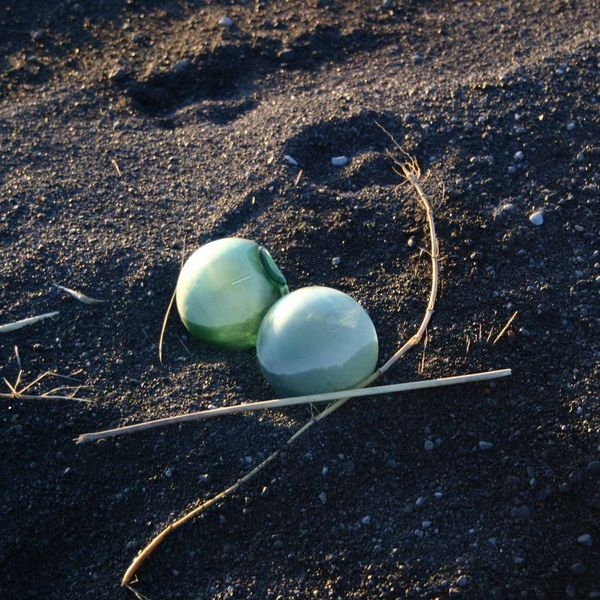About Glass Float Junkie

I became a Glass Float Junkie in 2005 when I found my first glass fishing float on a remote beach along the coast of the Bering Sea in Alaska. Over the years, I beachcombed thousands of Japanese glass fishing floats & I have been sharing them with the world since then! That was 19 years ago!

For 18 years, I have been helping my customers, & others interested, learn about the history of glass fishing floats. There is something intriguing about glass floats. When you find a float on a beach, you can't help but wonder where it came from, how long it has been navigating the ocean currents & how it came to land on the beach. The one thing I do know, is that all Japanese glass fishing floats are at least 50 years old!

The Japanese began using recycled glass to hand blow floats around 1910. The history tells us that in the early 1970's, glass floats began getting replaced with styrofoam & plastic. Although, glass floats are no longer made for fishing, there are a few fishermen that do still use them. There have been millions & millions of glass fishing floats made in Japan. Many are still surfing on the ocean currents.

New Content Added Regularly
Please check back periodically. I will be adding more content. I just got my original domain back after many years of it being hacked, so I'm starting my website over. My Facebook account is currently hacked, but you can still access my Glass Float Junkie page for photos & information.
Beachcombing Alaska
This was an amazing day! I found this area the day before at high tide. I put it in the GPS & went back at low tide the next day! There were over 1,000 in this location!
Contact Us
Get in touch!
Looking for something special? Have a question? Let me know, and I'll get back to you soon.
Kamichia Rudnick, Glass Float Junkie
Located in Warren, Oregon 97053, United States